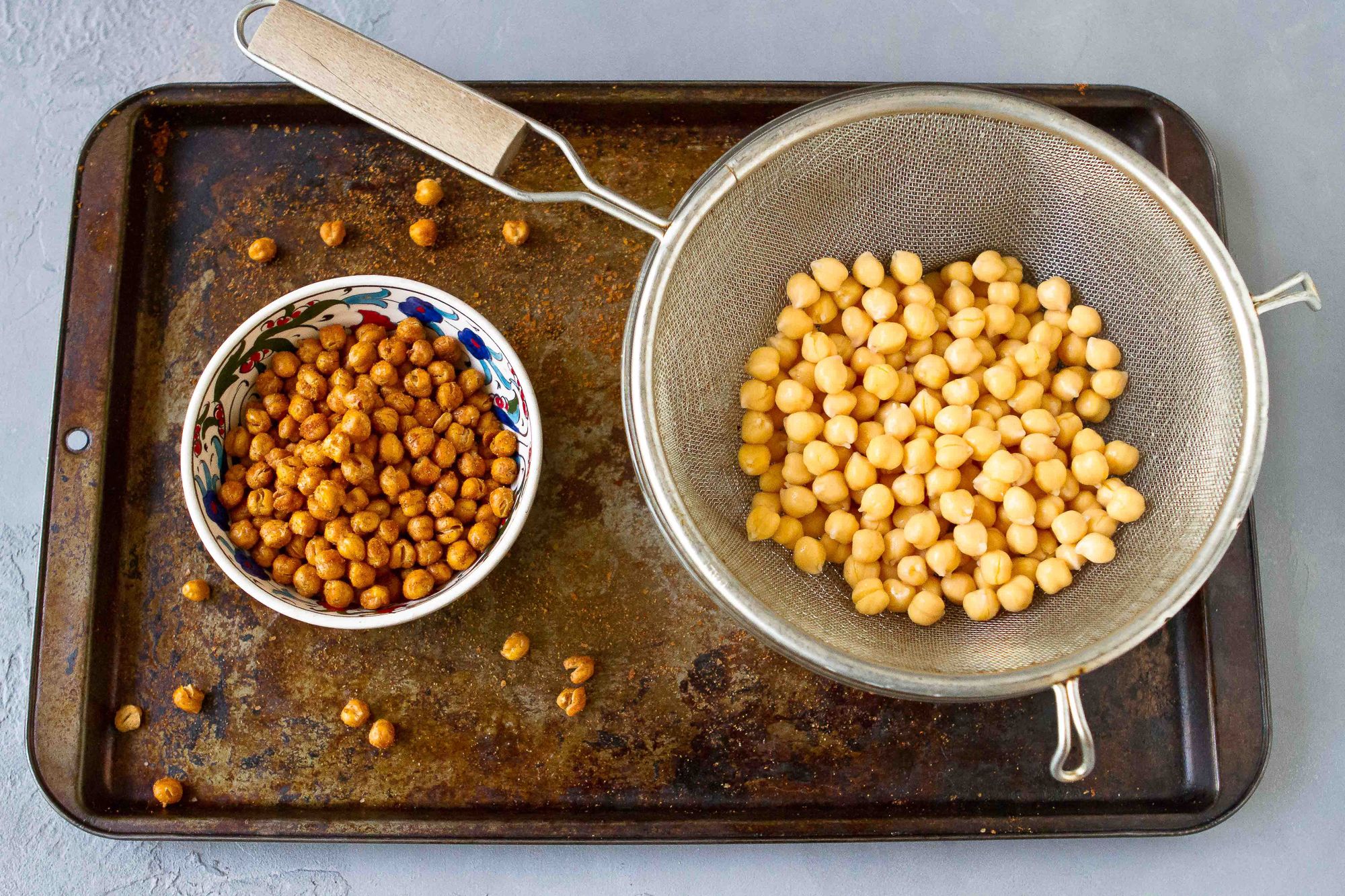It’s important to include healthy sources of protein in your diet each day. Protein helps your body with a number of important functions and helps you maintain muscle mass. When you think of protein, steak or chicken might come to mind. But if you’re not a big meat eater, you have other options to make sure you get the recommended amount of protein that your body needs. Worry not, because there are plenty of protein-rich vegetables available year-round. Try out these options for plenty of variety.
You can enjoy each of them alone as a side dish, or as indifferent recipes for a filling main course. Keep in mind that the protein content may change depending on how you prepare each vegetable. The values below match the cooking method indicated for each food. Here are some vegetables high in protein.
Contents
7 Vegetables High in Protein
1. Seitan
Seitan is a popular protein source for many vegetarians and vegans.
It’s made from gluten, the main protein in wheat. Unlike many soy-based mock meats, it resembles the look and texture of meat when cooked.
Also known as wheat meat or wheat gluten, it contains about 25 grams of protein per 3.5 ounces (100 grams). This makes it the richest plant protein source on this list. Seitan is also a good source of selenium and contains small amounts of iron, calcium and phosphorus.
You can find this meat alternative in the refrigerated section of most health food stores, or make your own version with vital wheat gluten using this recipe.
Seitan can be pan-fried, sautéed and even grilled. Therefore, it can be easily incorporated in a variety of recipes.
However, seitan should be avoided by people with celiac disease or gluten sensitivity.
2. Tofu, Tempeh and Edamame
Tofu, tempeh and edamame all originate from soybeans.
Soybeans are considered a whole source of protein. This means that they provide the body with all the essential amino acids it needs.
Edamame are immature soybeans with a sweet and slightly grassy taste. They need to be steamed or boiled prior to consumption and can be eaten on their own or added to soups and salads.
Tofu is made from bean curds pressed together in a process similar to cheesemaking. Tempeh is made by cooking and slightly fermenting mature soybeans prior to pressing them into a patty.
Tofu doesn’t have much taste, but easily absorbs the flavor of the ingredients it’s prepared with. Comparatively, tempeh has a characteristic nutty flavor.
Both tofu and tempeh can be used in a variety of recipes, ranging from burgers to soups and chilis.
All three contain iron, calcium and 10-19 grams of protein per 3.5 ounces (100 grams).
Edamame are also rich in folate, vitamin K and fiber. Tempeh contains a good amount of probiotics, B vitamins and minerals such as magnesium and phosphorus.
3. Chickpeas
Cooked chickpeas are high in protein, containing around 7.25 g per ½ cup.
Chickpeas can be eaten hot or cold, and are highly versatile with plenty of recipes available online. They can, for example, be added to stews and curries, or spiced with paprika and roasted in the oven.
A person can add hummus, which is made from chickpea paste, to a sandwich for a healthful, protein-rich alternative to butter.
4. Peanuts
Peanuts are protein-rich, full of healthful fats, and may improve heart health. They contain around 20.5 g of protein per ½ cup.
Peanut butter is also rich in protein, with 3.6 g per tablespoon, making peanut butter sandwiches a healthful complete protein snack.
5. Quinoa
Quinoa is a grain with a high-protein content, and is a complete protein. Cooked quinoa contains 8 g of protein per cup.
This grain is also rich in other nutrients, including magnesium, iron, fiber, and manganese. It is also highly versatile.
Quinoa can fill in for pasta in soups and stews. It can be sprinkled on a salad or eaten as the main course.
6. Mycoprotein
Mycoprotein is a fungus-based protein. Mycoprotein products contain around 13 g of protein per ½ cup serving.
Products with mycoprotein are often advertised as meat substitutes and are available in forms such as “chicken” nuggets or cutlets. However, many of these products contain egg white, so people must be sure to check the label.
7. Eggs
Eggs are an easily available, cheap source of nutrients. A single hard-boiled egg contains around 7g of protein and makes a nutritious, filling breakfast or lunchtime meal. They’re also easily digestible and low in calories. Try our protein-rich scrambled egg and feta hash.









